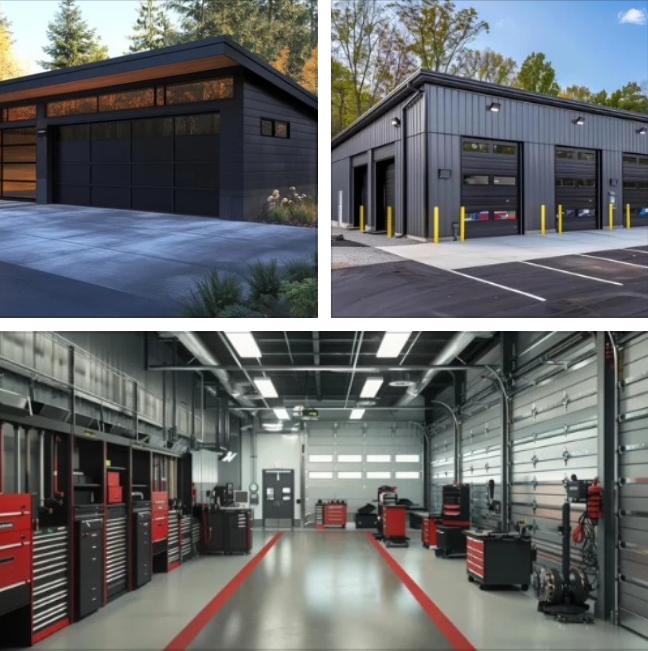These days, many online buyers expect efficiency and speed in their checkout process. In fact, a single 3 second delay in the transaction process can lead buyers to abandon their carts and move on. And it is not just this. Buyer expectations are changing fast, with many now expecting multiple payment methods, swift processes, and instantaneous transactions.
These buyer expectations have been putting a lot of strain on B2B merchants. Many of the latter category are used to conducting business either over the phone or in-person. They are also used to the more stretched-out timelines of B2B transactions, because business purchases are often much larger than B2C purchases and requires the approval of multiple stakeholders.
However, as B2B merchants pick up on just how fast the landscape is changing, many of them have had to pivot. This leads us to today’s discussion, a hot topic among merchants: B2B Buy Now, Pay Later.
What is B2B Buy Now, Pay Later (B2B BNPL)?
To put it in simple terms, B2B BNPL is a payment method that allows business buyers to make transactions immediately, while putting off payment. They can delay payment by 30, 60, or 90 days, depending on the provider’s terms. They can also pay in equal instalments spread over a period.
What are the Advantages of using B2B BNPL for Merchants?
There are several reasons as to why B2B BNPL has become a hot topic of discussion in recent years. Mostly, it is because of the benefits they bring to merchants. We’ll explore them below:
B2B BNPL Can Be Integrated Alongside Other Payment Methods
One of the biggest reasons why B2B BNPL has been working as well as it has is because it meets business buyer expectations. These days, business buyers expect multiple payment options when they reach a checkout page, and they want transactions done quickly.
When B2B merchants implement BNPL into their online shop, they can do it alongside the options to pay by credit card, wire transfer, and other payment methods. This gives their buyers much more flexibility. Ultimately, a satisfied customer is one that comes back and remains loyal, which is a huge draw for merchants.
B2B BNPL Helps Merchants Maintain A Healthy Cash Flow
Another reason why B2B merchants integrate BNPL into their online shop is because BNPL providers help them maintain a healthy cash flow for their business. It is no secret that many business buyers do not pay their invoices on time. In fact, it is a global problem, and many merchants spend a lot of their time chasing invoices.
When B2B buyers do not pay their invoices on time, it creates a huge issue for B2B merchants, especially those who run start-ups or smaller companies with limited cash. When merchants integrate BNPL into their online shop, the BNPL provider becomes the middleman in the transaction. While the buyer gets to choose their own payment terms and delay their payment, it will have no effect on the merchant.
The BNPL provider will pay the merchant upfront immediately or within 30 days, no matter what. This is a huge relief for many merchants, who cannot sustain the financial burden that comes from delayed invoice payments from buyers.
B2B BNPL Providers Take Care Of Credit Checks
Many BNPL providers conduct credit checks on buyers on behalf of the B2B merchant, during the transaction process. And many of them conduct these credit checks with the help of AI, which greatly speeds up the transaction approval process. Manual credit checks that many B2B companies are used to performing can take up to days to complete. By this time, the B2B buyer would have grown impatient and abandoned the transaction. With a BNPL provider, credit checks can be conducted in seconds and the entire transaction can go through in minutes.

This saves a lot of time for B2B merchants. It also frees up their employees, who can then focus their energy and time on developing the business and its products and services.
B2B BNPL Providers Shoulder The Financial Burden
Finally, when a B2B merchant uses BNPL, they can be relieved of some of the financial burden that comes with being a digital vendor. As mentioned above, BNPL providers are the middlemen of transactions. When a transaction goes through, the provider pays the merchant upfront, while they wait for the buyers to pay them back.
This means that when buyers are running late or default on a payment, it has no effect on the B2B merchant. The merchant will already have received the transacted amount, and he will not have to run the risk of never getting the money for their products and services.
Conclusion
With the B2B e-commerce space changing rapidly, merchants should stay on top of buyer expectations as they shift and accommodate them to the best of their ability. B2B BNPL is one of these avenues that can not only resolve a lot of a merchant’s financial concerns, but also help a business remain relevant by meeting these ever-evolving expectations.



















